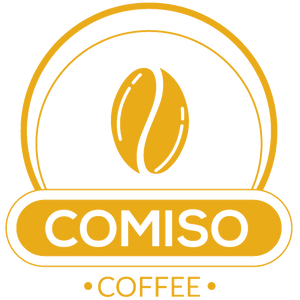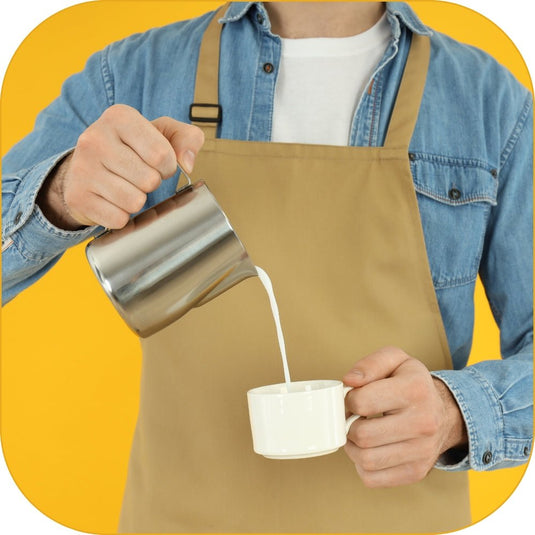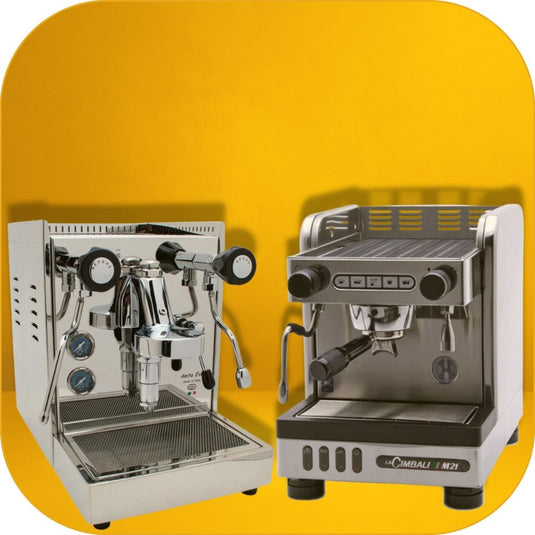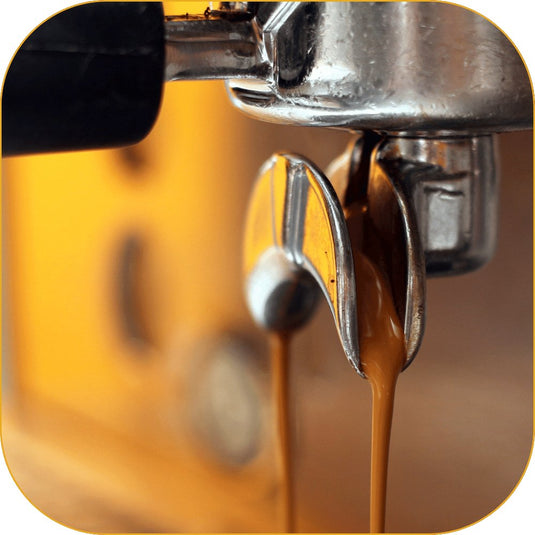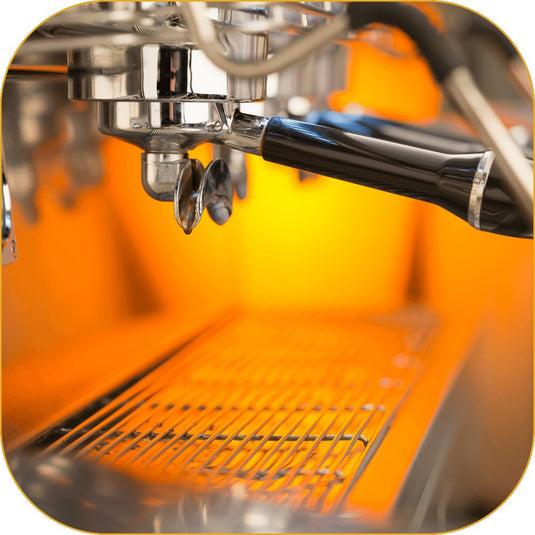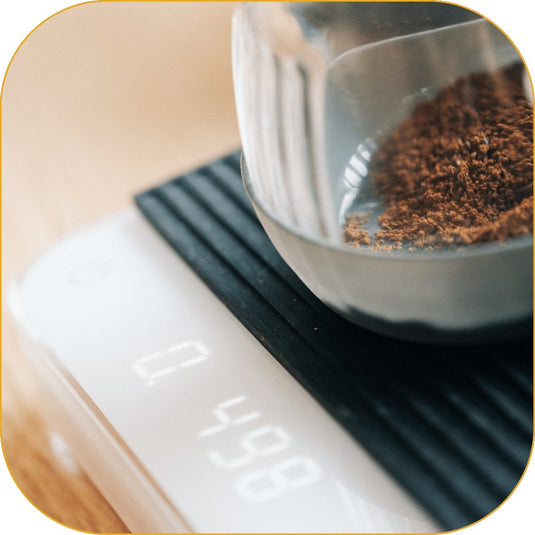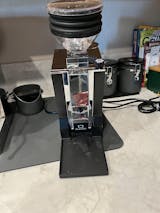How to Calibrate Your Espresso Grinder: A Step-by-Step Guide for Burr Grinders

Burr grinders are an essential tool for anyone looking to brew consistently excellent espresso at home. Calibrating your grinder allows you to fine-tune the grind size, which directly impacts the extraction process. By properly calibrating your burr grinder, you ensure that your coffee grounds are uniform, leading to a balanced and flavorful shot.
In this guide, we'll walk you through the step-by-step process of calibrating a burr grinder to help you achieve that perfect grind for espresso.
Why Calibration Matters for Burr Grinders
Espresso is a precise art, and one of the most critical aspects is the grind size. With burr grinders, you get consistent, uniform grinds compared to blade grinders. However, the grind size must be adjusted to suit the coffee beans, espresso machine, and brewing environment. Even small discrepancies in grind size can lead to under-extracted (sour) or over-extracted (bitter) espresso. Proper calibration ensures your espresso shots are balanced and full of flavor.
Step 1: Clean and Empty the Grinder
Before calibrating, it's important to start with a clean grinder. Any leftover coffee grounds can interfere with your calibration and produce inconsistent results.
- Unplug the grinder for safety.
- Remove old beans from the hopper.
- Use a brush or vacuum to clean the burrs and any leftover grounds from the grind chamber.
Step 2: Set Grinder to a Middle Setting
Once your grinder is clean, set it to a middle grind setting. This gives you a good baseline to start with and helps you understand whether your grind needs to be finer or coarser.
- If your grinder has numbered settings, choose a mid-range setting (e.g., if the grinder has 40 settings, start at 20).
- For stepless grinders, position the adjustment mechanism toward the middle.
Step 3: Test the Grind and Pull a Shot
Next, grind a small amount of fresh coffee beans using the selected setting and pull a shot of espresso using your machine.
- Dose about 18-20 grams of coffee into the portafilter.
- Tamp evenly and securely.
- Pull a shot and time the extraction: Your ideal extraction time should fall between 25-30 seconds for a double shot of espresso.
If your shot pulls too quickly (under 25 seconds), the grind is likely too coarse. If it pulls too slowly (over 30 seconds), the grind is too fine.
Step 4: Adjust the Grind Size
Based on the extraction time, adjust the grinder:
- If the shot pulls too fast, adjust the grinder to a finer setting by moving the dial 1-2 notches lower.
- If the shot pulls too slow, adjust the grinder to a coarser setting by moving the dial 1-2 notches higher.
Step 5: Test Again and Repeat
After making your adjustment, grind another dose of coffee and pull another shot. Continue making small adjustments and testing until your shot consistently pulls between 25-30 seconds.
- If your espresso has a bitter taste, the grind may still be too fine.
- If your espresso is sour or weak, the grind may still be too coarse.
Step 6: Lock In Your Ideal Setting
Once you've achieved the perfect grind size, make a note of your grinder's setting. Many burr grinders come with numbered dials, while others might require you to mark the position manually.
- If your grinder is stepless, use a piece of tape or another indicator to mark the ideal setting.
- If your grinder is stepped, note the specific number for future reference.
Remember that factors such as humidity, bean freshness, and roast level may affect grind consistency. Recalibrate your grinder periodically, especially if you notice changes in the quality of your espresso.
Step 7: Regular Maintenance and Recalibration
To ensure your grinder continues to perform well, it's important to clean and recalibrate it regularly. Over time, burrs wear down, and buildup of coffee oils and particles can affect the grind size.
- Clean your burrs and grinder after every few uses, depending on how frequently you brew espresso.
- Check the alignment and calibration if you switch coffee beans or notice inconsistent results.
Pro Tips for Burr Grinder Calibration
- Use Fresh Beans: Always calibrate using fresh, high-quality beans to ensure accuracy.
- Measure Your Dose: Using a scale to measure the exact dose of coffee can improve consistency.
- Track Your Timing: Use a timer to track the extraction time for each shot, aiming for 25-30 seconds for a double shot.
Conclusion: Fine-Tuning Your Burr Grinder for Perfect Espresso
Calibrating your burr grinder is essential to pulling consistently excellent espresso shots. By following these steps, you’ll be able to dial in the perfect grind size, ensuring balanced flavor and proper extraction. Whether you’re a coffee enthusiast or an aspiring barista, proper calibration will improve your brewing experience and help you master the art of espresso.
Remember, even minor adjustments in grind size can have a significant impact on your espresso's flavor. Take the time to test, adjust, and perfect your calibration for espresso excellence.
